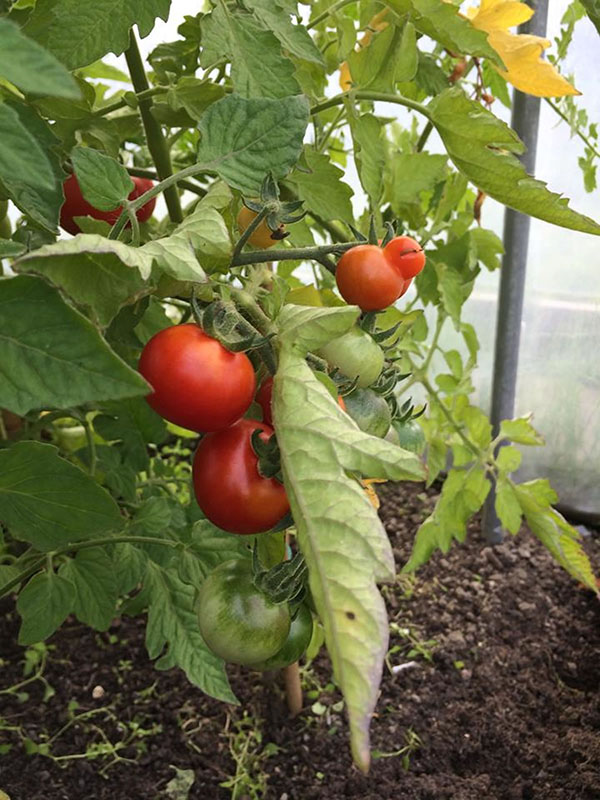
Growing your own and re-cycling your kitchen waste has never been easier and with today’s increasing food costs and environmental issues it is fast becoming the way forward.
More and more people are starting to think about where their food has come from and the long distances it has to travel to reach us. The best thing about growing your own vegetables and salad crops is that you don’t even need a garden!
Growing vegetables in a container is the best place to start especially if you have never grown vegetables before. It is also the best way to find out if gardening is the thing for you, without digging up your best patch of lawn. Container gardening is also great for kids and is a good way to get them to try vegetables as well as teaching them where food comes from and how to take care of plants.
A great variety of vegetables and herbs will grow well in a container; these include tomatoes, cucumbers, beetroot, carrots, potatoes, beans, radishes, spring onions all types of salad leaves and also courgettes! Good herbs include parsley, oregano, mint, coriander, thyme and basil.
To get started
1. Firstly choose a site in an area that will not be too shaded, as sun is essential. When choosing what to grow think about what you and your family really like to eat, what vegetables do you buy regularly from the supermarket during the summer months?
2. Choose a container that will be deep enough for the roots to spread; Make sure you add holes in the bottom and add some stones or broken pots to allow better drainage. Shallower containers will be better for salad crops. Hanging baskets make a great container for strawberries, trailing tomatoes as well as herbs while an old black plastic bin would be great for potatoes. If you are growing plants that climb i.e. runner beans provide a suitable support, bamboo canes are best.
3. Fill your container nearly to the top with good multipurpose compost. You need to leave space for watering. If you are new to gardening it may be worthwhile buying your chosen vegetables and herbs from seedlings, sowing from seed can be very rewarding but many people are put off after the seeds they have sown fail to germinate. Young plants require less care and attention, and you will see the results much quicker then with things grown from seed. The best varieties to buy as small plants would be courgettes, peppers, chillies, tomatoes, aubergines and herbs. Salad crops, radishes, beetroot etc. are some of the easiest to grow from seed, just follow the instructions on the seed packet. It is important to both feed and water your container garden as nutrients are used up much quicker by plants grown in
containers.
4. Feed your crops. Plant feed comes in many different forms but the best feed to use would be a general liquid feed. Start feeding about 4 weeks after planting, for tomatoes, cucumbers, peppers etc. feed once first fruits have formed. One feed a week will be sufficient, plants don’t like to be overfed.
4. Water plants at least once a day more when the weather is hot and fill containers to the brim, the secret is to be consistent, the best time to water is early morning or in the evening when the sun is not so strong.
5. Most importantly enjoy your garden no matter how big or small, don’t panic about things you think you are doing wrong just follow the basic steps above and your plants will thrive. There is no greater satisfaction than picking your first few salad leaves, tasting that first ripe tomato or using your fresh herbs straight from the pot. If you feel you have been bitten by the grow your own bug then the possibilities are endless, you’ll be hooked!